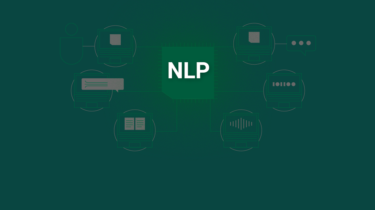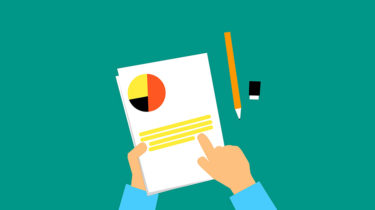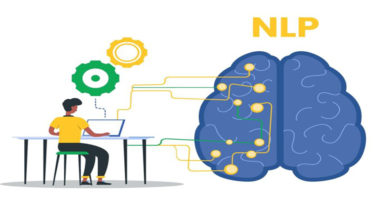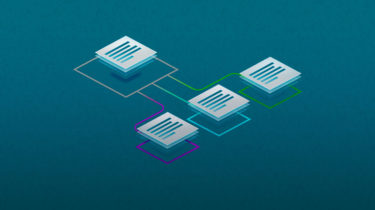NLP: Answer Retrieval from Document using Python
This article was published as a part of the Data Science Blogathon Introduction → This article focuses on answer retrieval from a document by using similarity and difference metrics. This task falls under Natural Language Processing which is a subset of Deep Learning. In this article we will be understanding the concept of general similarity algorithms and how can they be applied to complete our task. The article will be based on python for the coding part. How to Approach → To […]
Read more








